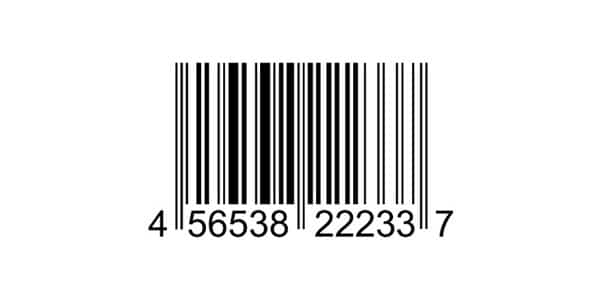
Linear Symbologies
A linear bar code symbology is a single row of bars or spaces. These are the most common forms in use today.
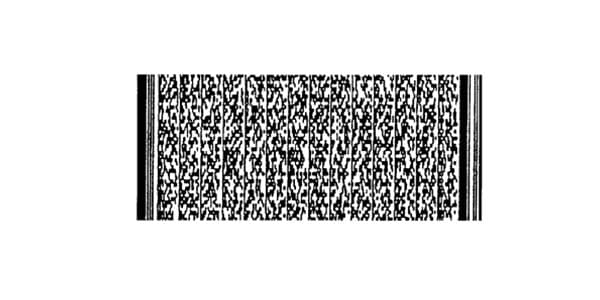
2-d Stacked Symbologies
2-D Stacked Symbologies look like conventional linear barcodes stacked on top of each other. Multiple rows stacked on top of each other have the same length and touch each other.
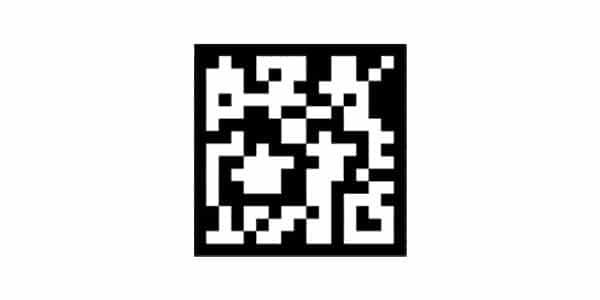
2-d Matrix Symbologies
2-D Matrix Symbologies cannot be described as traditional barcodes. They encode data into a two-dimensional pattern of data cells. These are usually two different colours (black & white) and the cells maybe squares, dots or polygons.
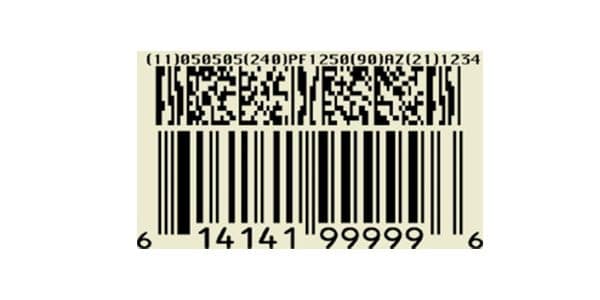
Ucc/ean Composite Symbologies
UCC/EAN Symbologies are based around the PDF417 symbology there are new standards under development for this emerging symbology. Note: Symbologies shown are not represented at actual size.
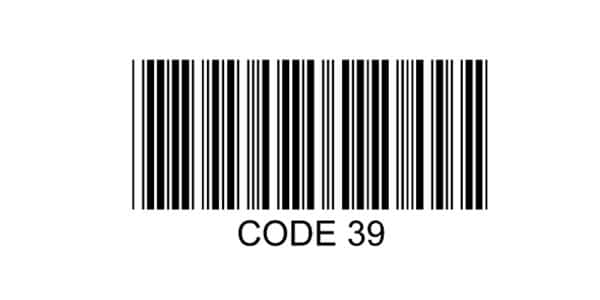
Code 39
Code 39 was the first bar code developed to encode alphabetic characters. The character set includes the 26 alphabetic characters, 10 numeric and 8 special characters.
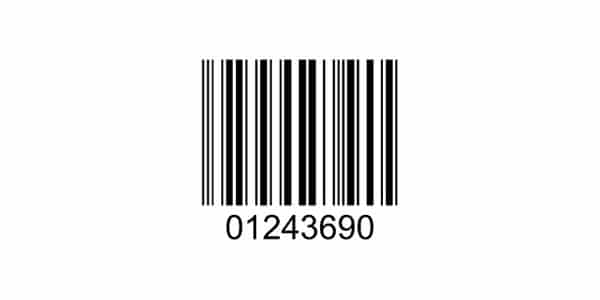
Interleaved 2 Of 5
Interleaved 2 of 5 was developed to improve the low density of the original discrete 2 of 5 symbology. It is a high-density continuous code. Every barcode character actually encodes two digits; one in the bars and one in the spaces. This is a numeric-only barcode with data encoded in pairs of digits.

UPC-A
The Uniform Product Code (UPC) has been successfully used in the retail industry in the United States and Canada since 1973. This is a coding system as well as a symbology. It is designed to uniquely identify a product and its manufacturer. The UPC-A code is a 12 digit numeric code. The first six digits represent the manufacturer, the next five digits are a unique product identifier and the twelfth is a check digit.
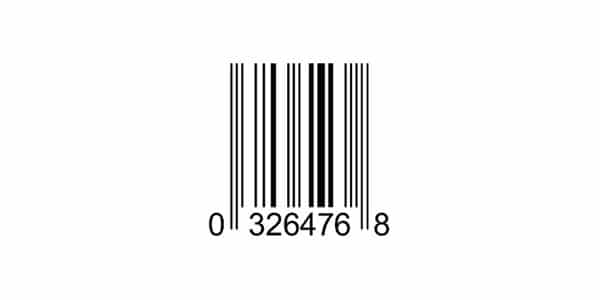
UPC-E
Is a fixed length, 6 digit numeric code. It is a compressed code ideal for use on small packages. It is also known as the zero suppression version of UPCA. It allows manufacturers to encode a limited number of 12 digit codes in six digits. The actual data is encoded as two bars and two spaces within seven modules. The symbology allows omnidirectional scanning i.e. presenting the code in any orientation to certain types of scanner.
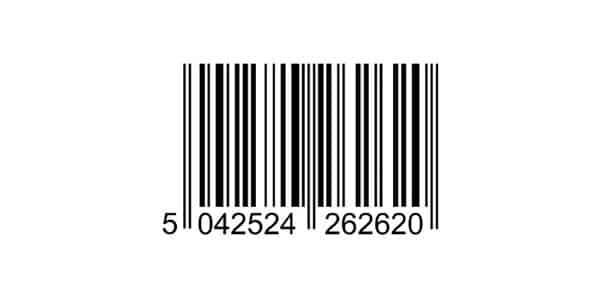
EAN 8 & 13
The EAN (European Article Numbering) system has two common versions. The EAN-13 and EAN-8 encoding 13 and 8 numeric digits respectively. The EAN symbology was developed for one requirement: to enable grocery products to be scanned at the Point of Sale. The symbol contains numeric data only.
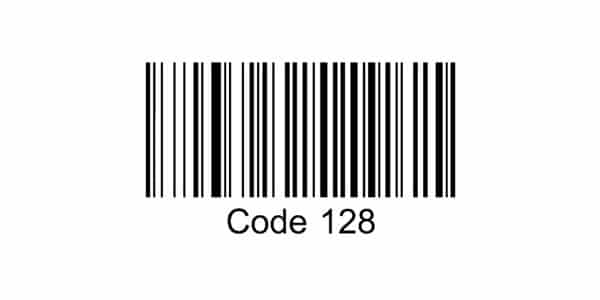
CODE 128
The name Code 128 derives from the fact that you can encode 128 different data characters from the full ASCII set. This is a very high-density alphanumeric bar code symbology. It is variable length and continuous with 4 element widths. Each character has 11 modules, which may be either dark or light. Each character has 3 bars and 3 spaces. Each character begins with a bar and ends with a space.
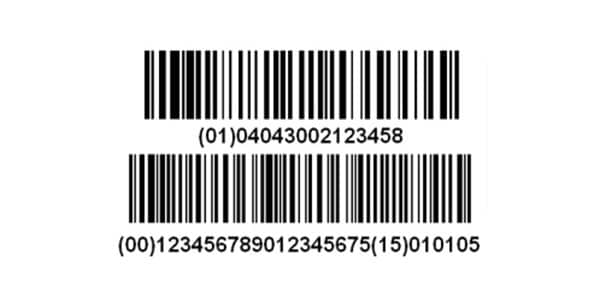
EAN-128
A subset of Code 128, using a special Code 128 character creates the EAN-128. The Function Code 1 (FNC 1), when encoded immediately after the start character has been reserved to indicate that the data follow conforms to the EAN/UPC structure. The ANA, EAN, and UCC have reserved its usage.
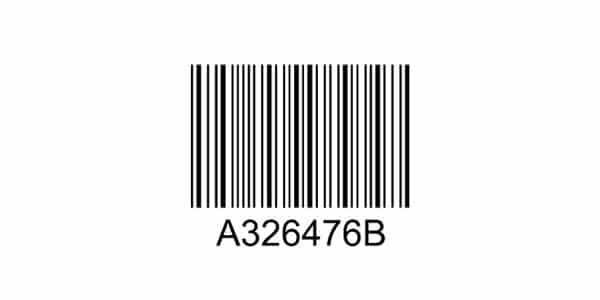
CODABAR
Codabar is a numeric only symbology. It has 4 different start and stop characters that can be used to identify different types of data. Using a correct combination of these start/stop characters it is possible to read two adjacent bar codes simultaneously.
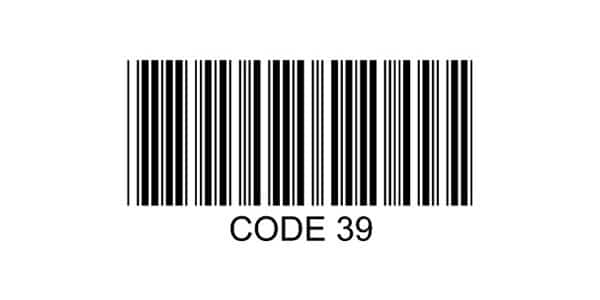
CODE 93
Code 93 was designed to be a high-density variant of Code 39. It can encode the full 128 ASCII characters. Code 93 is a multiple width symbology with two mandatory check digits.
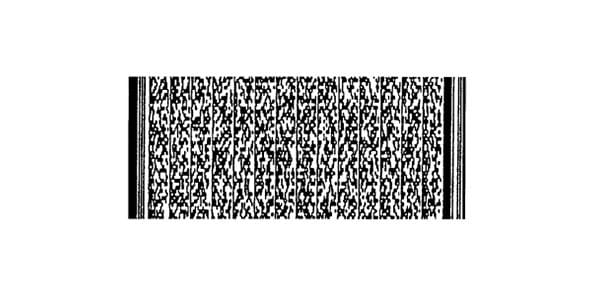
PDF417
The most common 2-D stacked code today is the PDF417. This is a variable length symbol. Each character consists of 4 bars and 4 spaces in a 17-module length. This is a (17,4) structuregiving rise to the symbology name. There are 929 character values in each of three different sets.
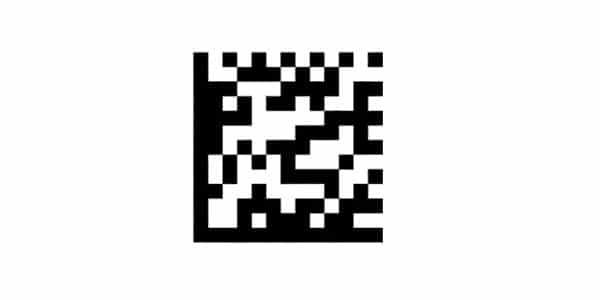
DATAMATRIX
Is a two-dimensional variable length symbology capable of encoding ASCII characters. Each code has a unique perimeter pattern that is used to determine the orientation. Two of the outside rows are solid, forming the letter ‘L’ and the opposite two sides use alternating black and white patterns which help synchronize the decoding process. Up to 2334 characters can be encoded.
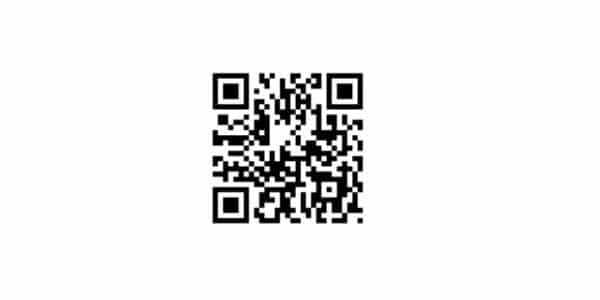
QR CODE
QR code (abbreviated from Quick Response Code) is the trademark for a type of matrix barcode (or two-dimensional barcode) first designed for the automotive industry in Japan. Initially patented, its patent holder has chosen not to exercise those rights.
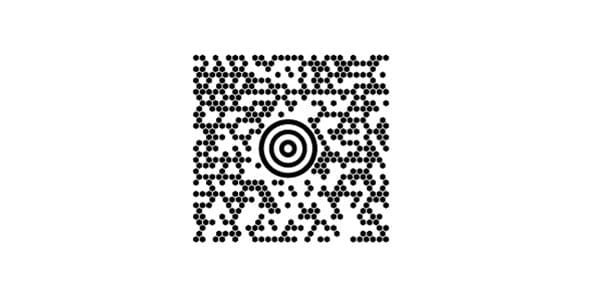
MAXICODE
Developed by United Parcel Service for the automatic sortation and tracking of packages. It is a fixed length alphanumeric symbology composed of an array of interlocking hexagons surrounding a circle pattern. 144 characters can be encoded.
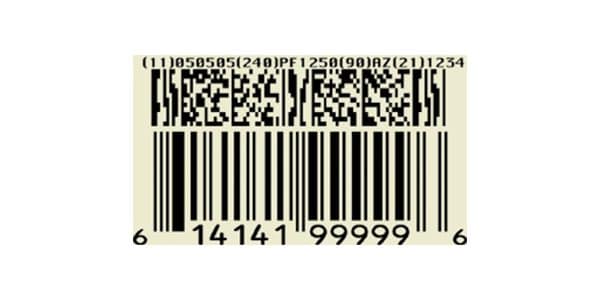
UCC/EAN COMPOSITE
The UCC/EAN composite symbology is likely to be adopted as a standard for drug identification. It has been designed to offer increased security, safety and control in drug distribution and dispensing.
